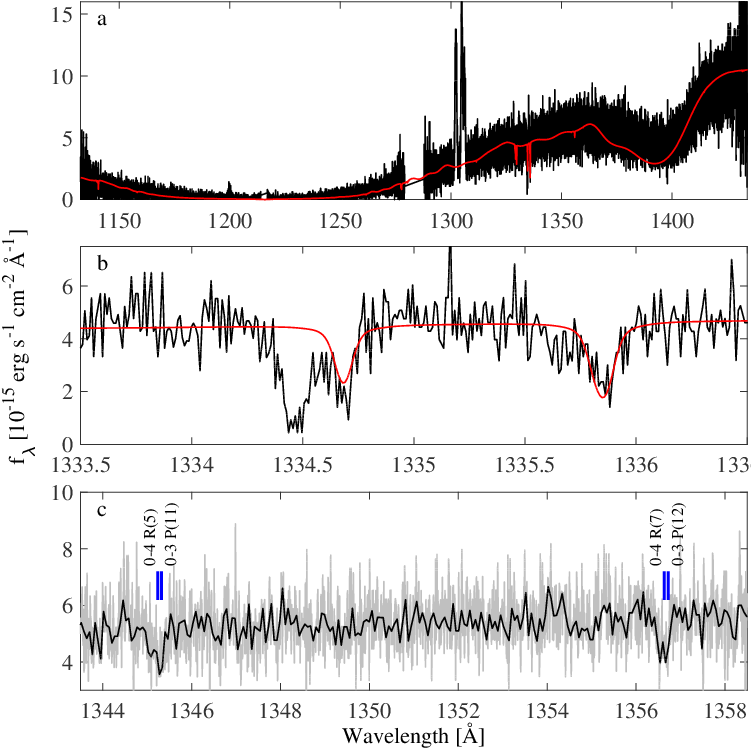Periodic optical variability and debris accretion in white dwarfs

Recent Kepler photometry has revealed that about half of WDs have periodic, low-level (∼10−4−10−3), optical variations. Hubble Space Telescope (HST) ultraviolet spectroscopy has shown that up to about one half of WDs are actively accreting rocky planetary debris, as evidenced by the presence of photospheric metal absorption lines. We have obtained HST ultraviolet spectra of seven WDs that have been monitored for periodic variations, to test the hypothesis that these two phenomena are causally connected, i.e. that the optical periodic modulation is caused by WD rotation coupled with an inhomogeneous surface distribution of accreted metals. We detected photospheric metals in four out of the seven WDs. However, we found no significant correspondence between the existence of optical periodic variability and the detection of photospheric ultraviolet absorption lines. Thus, the null hypothesis stands, that the two phenomena are not directly related. Some other source of WD surface inhomogeneity, perhaps related to magnetic field strength, combined with the WD rotation, or alternatively effects due to close binary companions, may be behind the observed optical modulation. In addition, we marginally detected molecular hydrogen in WD J1949+4734, only the fourth known WD with detected H2 lines.
For further reading:
- Na'ama Hallakoun, Dan Maoz, Eric Agol, Warren R. Brown, Patrick Dufour, Jay Farihi, Boris T. Gänsicke, Mukremin Kilic, Alekzander Kosakowski, Abraham Loeb, Tsevi Mazeh, and Fergal Mullally "Periodic optical variability and debris accretion in white dwarfs: a test for a causal connection" 2018, Monthly Notices of the Royal Astronomical Society, 476, 933